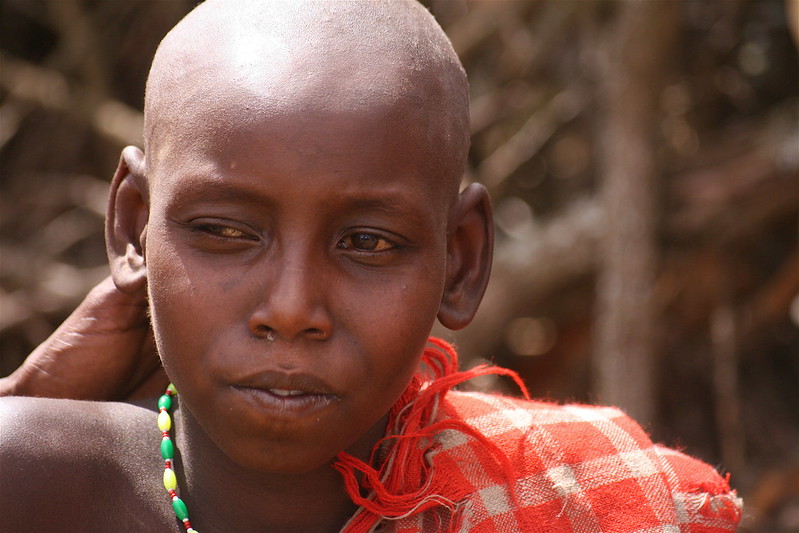 Trachoma, one of the well-documented Neglected Tropical Diseases (NTD), is the foremost infectious cause of blindness globally. According to the World Health Organization (WHO), trachoma represents a significant public health challenge in 42 countries, contributing to the blindness or visual impairment of approximately 1.9 million individuals. Its impact most profoundly affects the most rural areas of Africa, Central and South America, Asia, Australia and the Middle East. Africa bears the brunt of its effects, with more than 30% of the population in Kenya being affected with trachoma.
Trachoma, one of the well-documented Neglected Tropical Diseases (NTD), is the foremost infectious cause of blindness globally. According to the World Health Organization (WHO), trachoma represents a significant public health challenge in 42 countries, contributing to the blindness or visual impairment of approximately 1.9 million individuals. Its impact most profoundly affects the most rural areas of Africa, Central and South America, Asia, Australia and the Middle East. Africa bears the brunt of its effects, with more than 30% of the population in Kenya being affected with trachoma.
Sightsavers, an international organization, is dedicated to preventing and treating blindness caused by NTD. Originating in the ’50s, it initially focused on leading countries like Kenya. The organization promotes disability rights and provides medical treatments to help eliminate trachoma in Kenya.
Sightsavers’ Efforts to Combat Trachoma in Kenya
Sightsavers dedicates itself to “avoiding blindness and advocating for the rights of individuals with disabilities.” The organization actively pursues several key goals:
- Protecting Sight: Sightsavers works to prevent blindness in the most impoverished communities globally.
- Combatting Tropical Diseases: One of Sightsavers’ primary focuses is fighting tropical diseases like trachoma in regions such as Kenya.
- Disability Rights: Sightsavers strives to ensure equal opportunities for all, advocating for fair access to education and employment facilities.
Kenya stands as one of the countries most affected by trachoma. However, the nation’s health care system faces significant challenges due to underfunding and lacking essential resources for avoiding vision loss. Consequently, many individuals in Kenya’s poorest communities struggle to access vital medications necessary for preventing trachoma.
In response, Sightsavers focuses on providing targeted support through various initiatives. This initiative includes offering “Free Eye Screening” services and ensuring regular check-ups for trachoma to detect and address vision issues early. The organization also emphasizes training local staff, equipping doctors and surgeons with the necessary skills to enhance Kenya’s health care system and improve patient care quality.
Additionally, Sightsavers researches to gather data on the causes and prevalence of visual impairment due to trachoma in Kenya. The organization reaches out to remote communities through rural outreach programs to conduct screenings for signs of trachoma. Moreover, Sightsavers implements hygiene programs to educate schools on the significance of good hygiene practices. They are helping to combat infectious diseases. Finally, the group prioritizes inclusive education efforts, working to reduce gender inequality barriers that prevent women and girls from accessing essential eye care support.
Lanoi’s Journey: A Tale of Resilience and Hope
In 2024, Sightsavers captured the narrative of Lanoi, a 4-year-old afflicted with trachoma in Kenya. The nonprofit organization’s community health volunteer, Joel, embarked on a journey to remote villages where he encountered Lanoi, grappling with trachoma. Utilizing dose poles facilitated by SightSavers, Joel swiftly determined the appropriate medication dosage and administered antibiotics to Lanoi.
Dose poles are crucial in assessing a patient’s height and facilitating accurate medicine dosage. The distribution of more than one billion NTD treatments through pole calculations highlights the significance of Sightsavers. Following treatment, Lanoi experienced a swift recovery within days. Following her recovery, Lanoi’s uncle committed to advancing Sightsavers’ mission and combatting trachoma in Kenya. He focused on educating others about crucial prevention strategies to reduce the prevalence of the disease.
SAFE Strategy in Kenya
SightSavers employs the SAFE strategy (Surgery, Antibiotics, Face-washing and Environmental improvements) to combat trachoma in Kenya. This comprehensive approach involves surgical interventions to alleviate the condition where necessary. The group distributes antibiotics through mass drug administration programs, repeated annually for five years, to ensure the effectiveness of treatment.
Additionally, the organization prioritizes facial cleanliness, conducting local workshops to educate individuals on the importance of personal hygiene. Environmental improvements are also emphasized, with efforts concentrated on enhancing access to clean water and minimizing the risk of reinfection by eliminating breeding grounds for flies carrying the disease in Kenya.
Fighting Stigma Toward Gender
Sightsavers emphasizes the importance of addressing gender inequality in trachoma treatment efforts in Kenya. Children are particularly vulnerable to trachoma. Mothers, often primary caregivers, face heightened exposure. Recognizing this, Sightsavers views female volunteers as crucial in reaching women lacking treatment due to cultural or religious norms.
– Kasia Flisiuk
Photo: Flickr
 The
The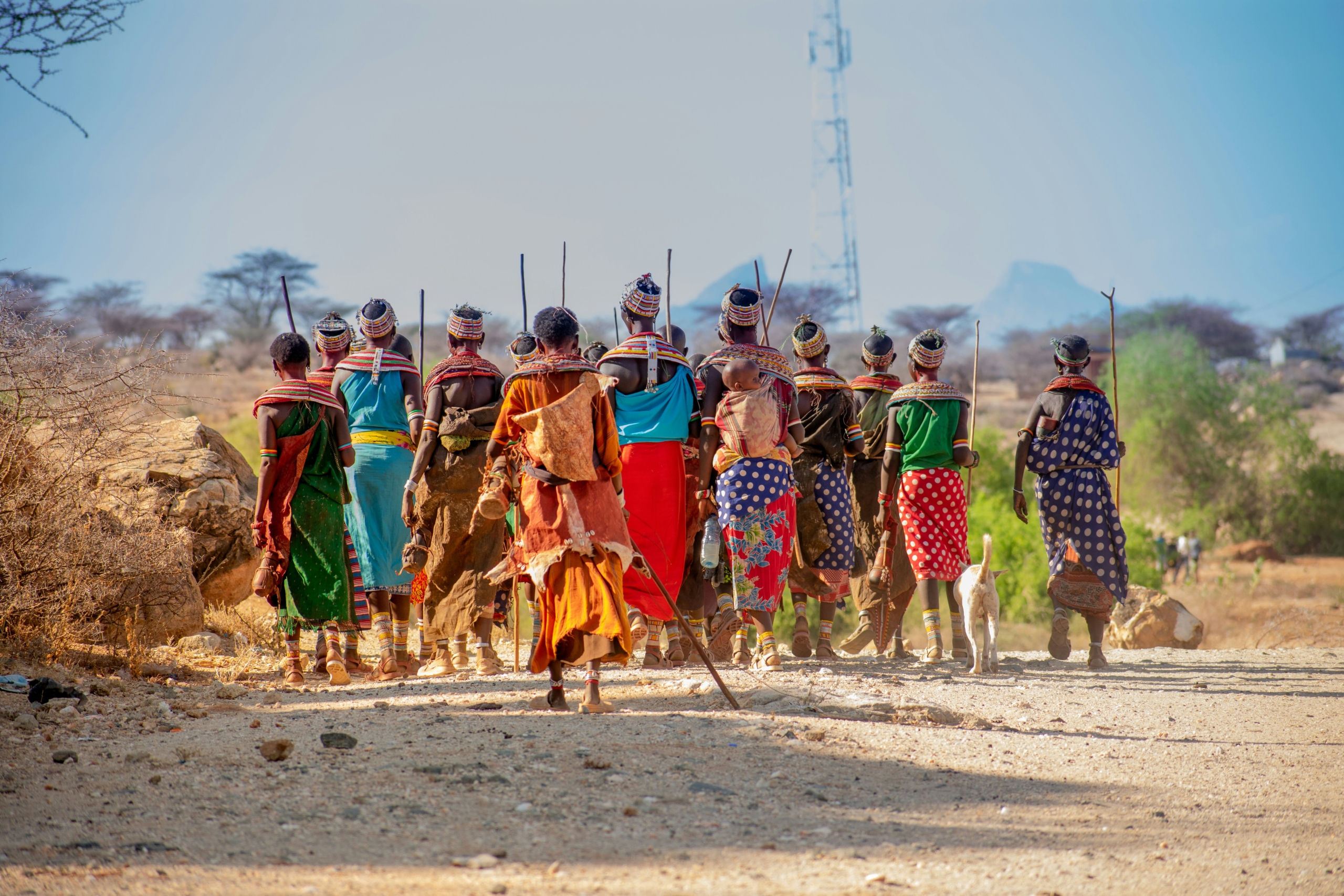
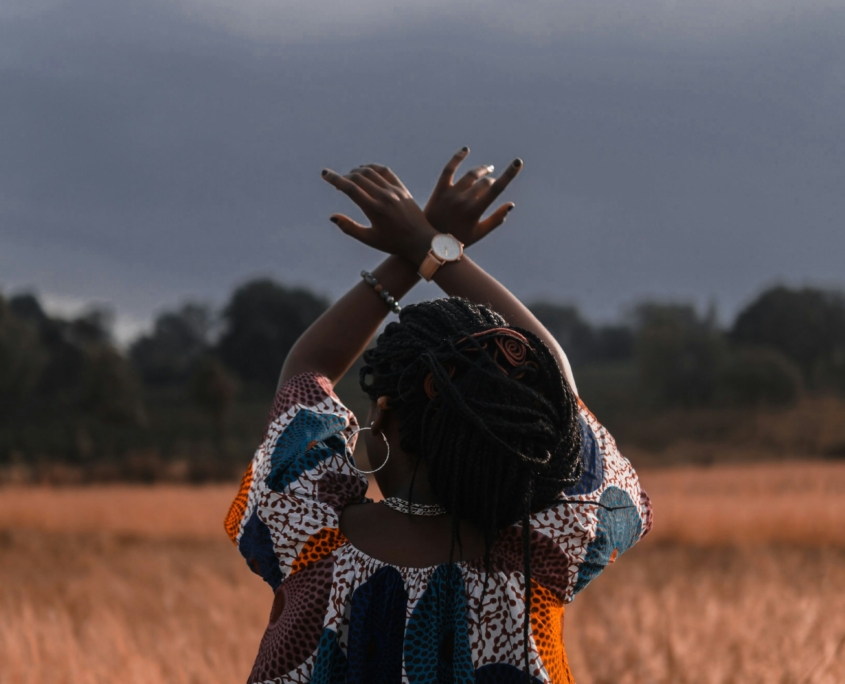 Tragically,
Tragically, 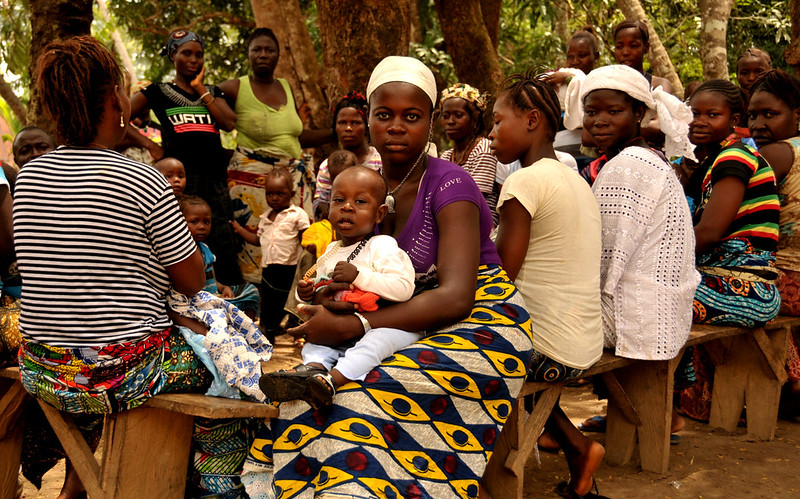
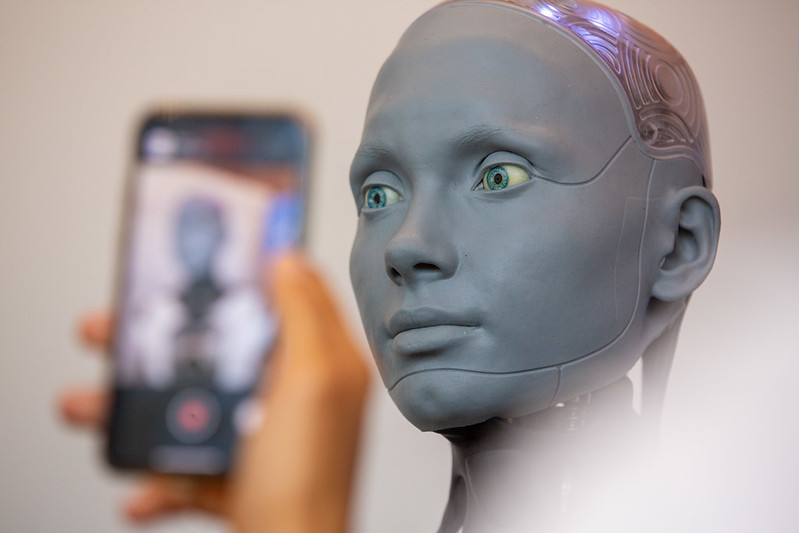
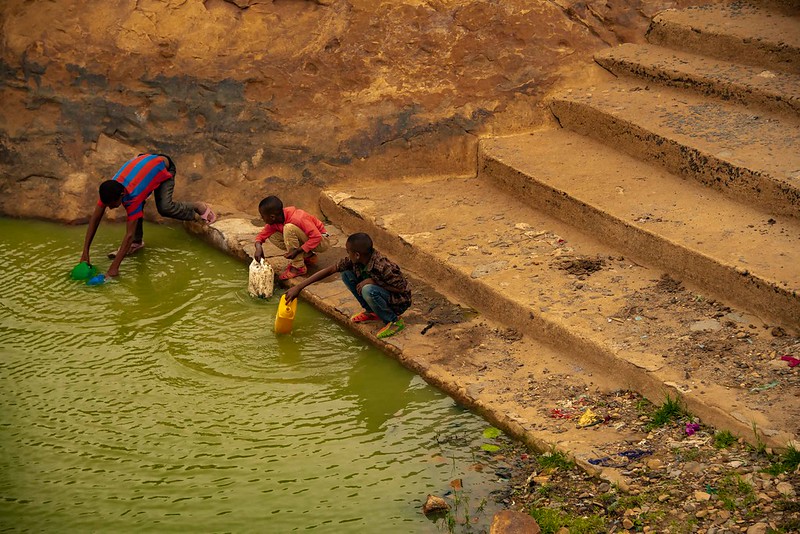
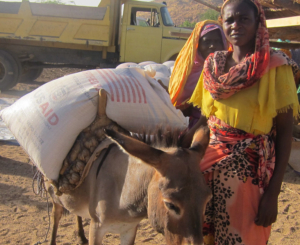 Chad, “
Chad, “
 Sierra Leone is a developing country in West Africa with
Sierra Leone is a developing country in West Africa with